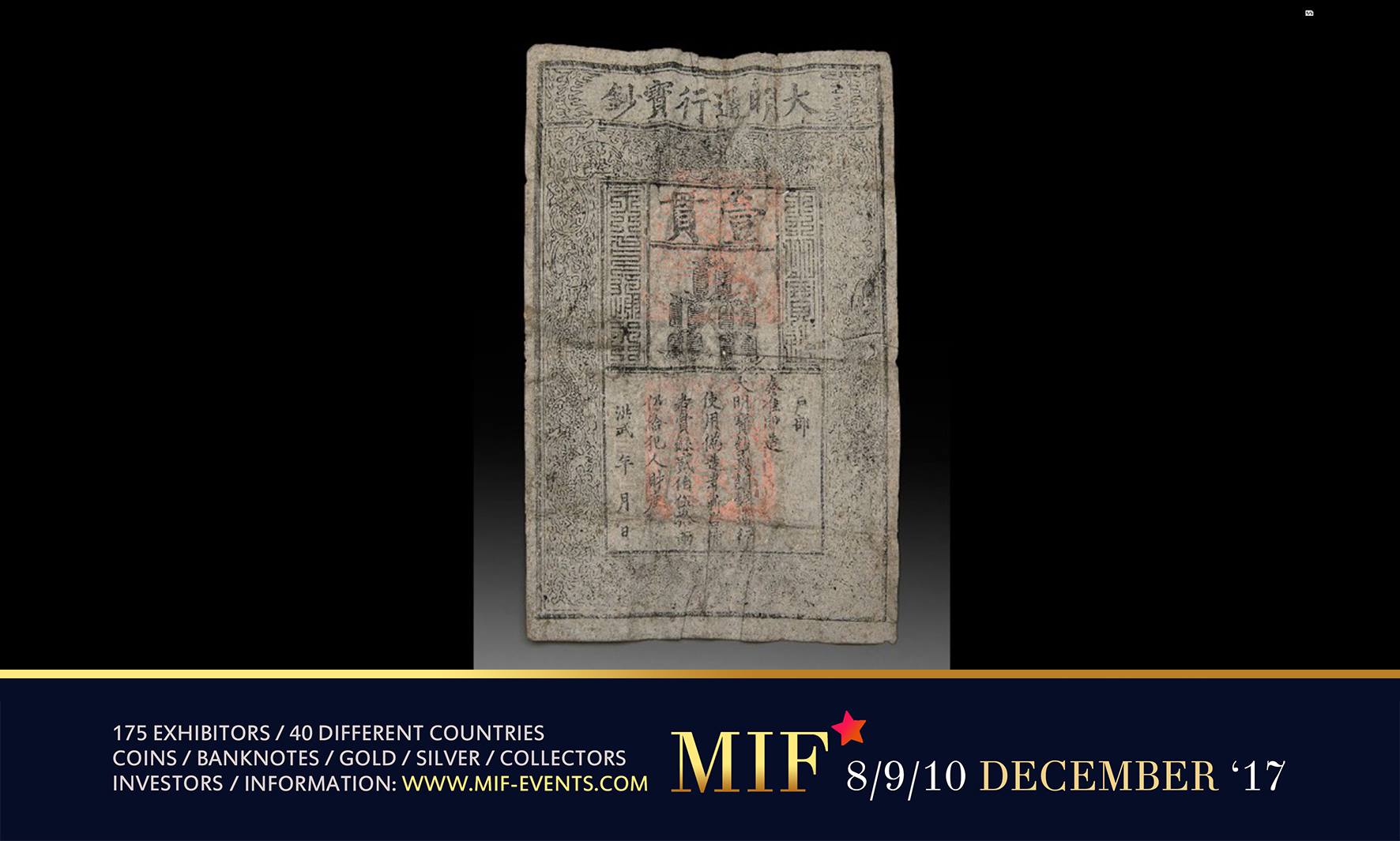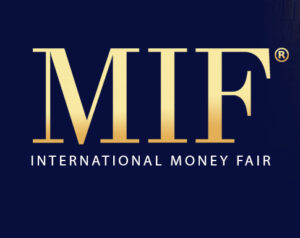
The origins of paper money were in China. We do not know a great deal about them, but we do know paper money substitutes go back B.C. A major problem is that ancient Chinese writers were inclined to be fanciful and some histories are strewn with dragons.
One numismatic work depicts an “unknown” coin. The writer, unable to trace any details of its appearance, simply drew pictures of what he thought it should have looked like. Paper money proper seems to have been invented around A.D. 200. The forerunners were leather.
A well recorded example of the use of leather concerns Emperor Wu Ti of the Western Han Dynasty who made an issue of hide money in 119 B.C.
Specially reared white deer were slaughtered for the purpose and their hides cut into squares of one foot, ornamented with floral designs, and marked for various high denominations. They did not circulate as money, however, but were required to be purchased by visiting warlords and subservient rulers making their annual trip to the palace to pay tribute.
Having bought them the visitor was expected to present the hidenote to the Emperor as part of his tribute – failure to purchase the hide money was liable to result in beheading. This money was known as ‘Pai-lu-p’i-pi’. Other emperors who found themselves in financial difficulty issued tortoise shell money. Prominent among them was Wang Mang 9 B.C. – A.D. 22.
The first money that can be considered to be ‘paper’ money is about A.D. 650. Our only reference to this and indeed to most of the early Chinese paper money is the book Ch’ien Pu T’ung Chih, written about 1834. It took sixteen years to compile and describes 259 Chinese notes.
The author provides sketches of denominations from 1 to 10 Kwan. Modern researchers are not satisfied with the evidence for these very early notes and credit the first ‘paper’ money to Emperor Hien Tsung (A.D. 806-821). Even this, however, was not intended for general circulation. It was called ‘Flying money’ and orginated in Szechwan.
A Chinese historian, A.M. Davis, wrote in his book Ancient Chinese paper money as described in a Chinese work on numismatics,
Under the reign of Emperor Hien Tsung because (metallic) money was scarce again, the use of copper tools was prohibited. In those times travelling merchants who came to the capital brought with them the money they had received in the outlying provinces, and deposited it in the Government Treasury. Likewise did military and civil officers and wealthy families, so that they might travel undisturbed through all parts of the country. Instead of having to carry their heavy money they received certificates of indebtedness; these bore the name of ‘Fei-ch’ien’ ‘Flying money).
The system grew and became widely used by all merchants who needed to travel and spend money in the provinces. Previously they had been obliged to travel in slow caravans, weighted down by wagons full of heavy copper coin, and were often prey to marauding bandits. Flying money changed all that. Merchants simply cashed it at their destination.



